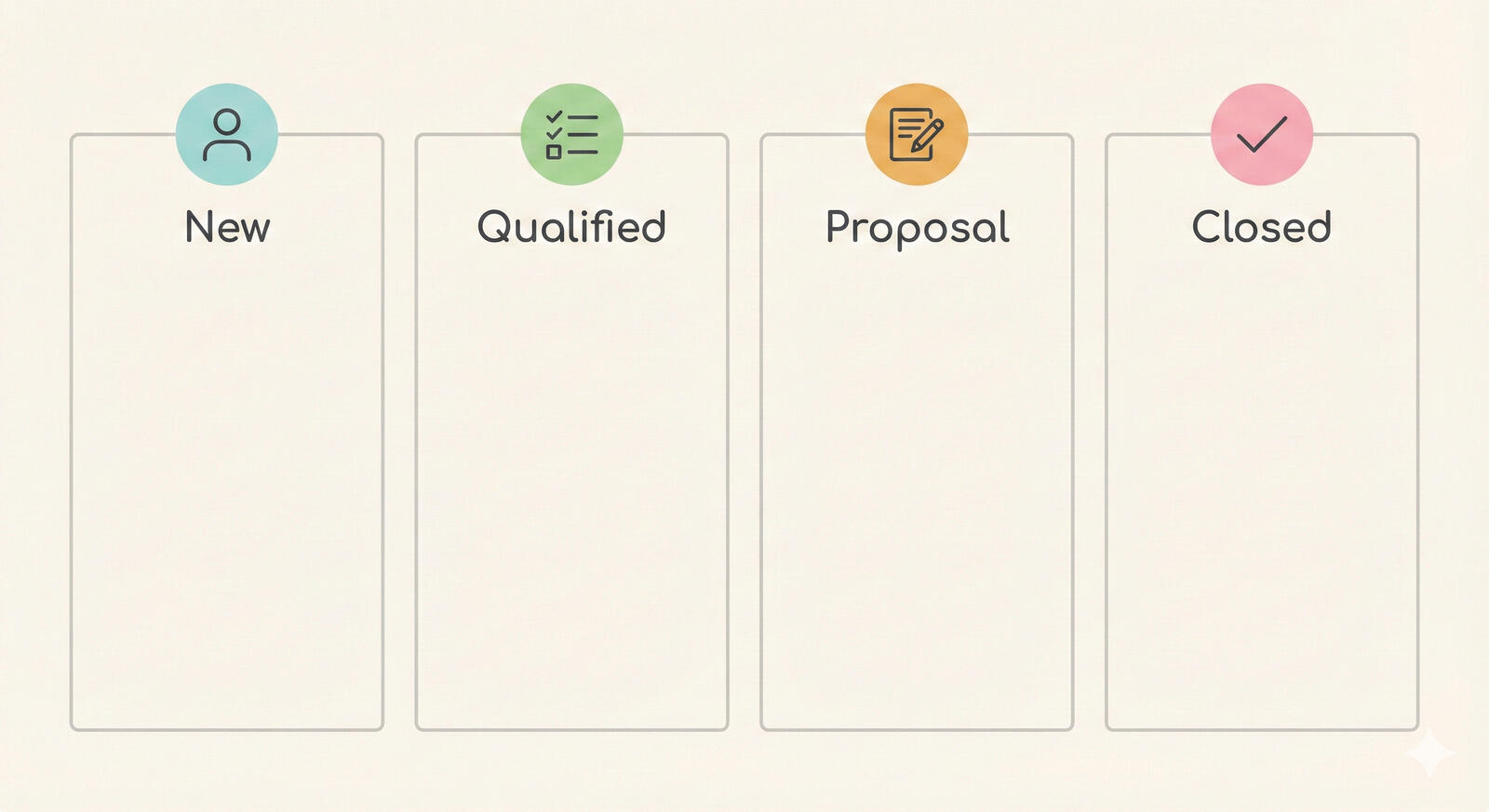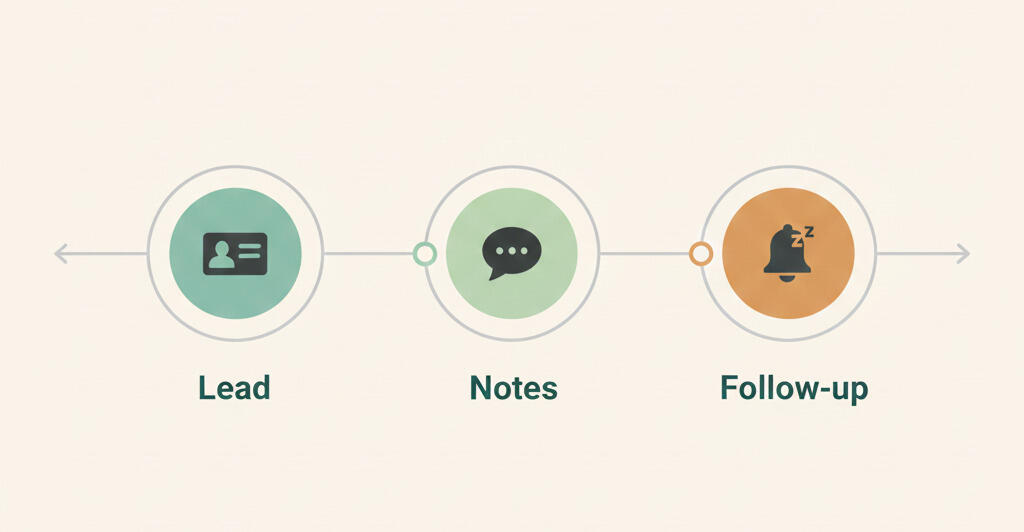Part 2: Marketing - website content and conversion

Built to succeed - essentials for growing businesses
The second part of a four-part blog series continues our look at how ambitious and growing companies can be better prepared to succeed.
A hub around which your business revolves
Technology moves fast, and it’s accelerating. The start of the process which sparked the first steps in the Industrial Revolution that built the modern world can be ‘pinpointed’ to about 1760. Popular thought suggests that we entered the Information Age in the second half of the 20th Century. However, some observers suggest that this is a simplistic view and that we might never truly leave the Industrial Age behind.
Perhaps a better way to look at it is to say that we are now in the Fourth Industrial Revolution (4IR), the fourth major industrial era since the 18th century. This was put forward and was the key theme at Davos in 2016. It is characterized by a fusion of technologies and it is blurring the lines between the physical, digital, and biological spheres. This is leading to exciting possibilities; however, technology always creates winners and losers.
One of the most striking ways that we see this happening is in the way the internet - specifically websites and digital marketing - have completely disrupted conventional approaches to promoting, selling and buying products and business services.
Established businesses that have been complacent and ignored the internet or that have embraced it poorly have lost out. Perhaps one of the most obvious and widely discussed examples of this is the way that many conventional retail stores are losing the battle for survival.
In the main, companies that continue to operate in retail successfully have only managed to do so because they have embraced the internet and have managed to bring their instore and online operations together synergistically.
From confectionary to consulting, and sportswear to software, whatever you sell, your website is more than just a window to the world, it’s a hub around which your business revolves. One of the biggest factors that influences success is the quality of our websites, in terms of bringing people to us and engaging with them.
Here we discuss website content and conversion, two of the key aspects which determine how well our websites perform to drive the success of our businesses.
Content: The beacon that attracts new customers
Before we discuss content, we have to talk about how your website gets found on the internet. Pay Per Click (PPC), the practice of paying an internet search engine to put your website on or near the top of the paid section Search Engine Results Page (SERP) is chosen by many businesses as the primary method of driving online sales.
Setting the price you are willing to pay for a search term and fixing the overall budget give you control over your outlay, but PPC costs are increasing. Also, it’s not a simple matter of paying your money and making a sale each time. One of the key risks of PPC is that you pay for every click, but you won’t make a sale every time.
Search Engine Optimization (SEO), is the practice of maximizing the relevance of your website so that your business is at or near the top of the natural results section of a SERP. This is a much more desirable way of investing in your business for the purpose of being found on the internet when someone is searching for the products or services you provide.
Content is King
One of the key components of good SEO is populating your website with high quality content. content marketing generates new business because it lets your company establish its credentials through sharing useful information. Quite simply, when a buyer is in the hunt for a business solution, your company is far more likely to be considered than one that has not invested in educational or info-marketing and is without a credible footprint.
The scope for creating content for B2B audiences is enormous. The main content formats are:
- Guides or white papers
- Case studies
- Blogs
Guides or white papers are quite flexible in the way they let you frame and present content; these can be academic and serious and discuss concepts and abstract ideas; or they can be strongly business-oriented and aimed at C level; or product-centric, almost brochure like.
Case studies relate your stories of customer success and enable prospective customers to see what benefits they might receive. An underlying part of the psychological mechanism that contributes to the compelling nature of case studies is that they prey on the fear of getting left behind. “Our competitors are doing this, so why aren’t we too?”
Blogs are the most versatile content form. They can contain almost anything. Here are some examples:
- News about your company - your team, expansion, culture, charity efforts
- News and analysis - discuss news and topics related to your industry
- Product information - product or service tips, upgrades, warranty info
- Thought leadership - subject matter experts in your business put expert views
Whatever content you produce and however you present it, the golden rule is that it must be relevant to the audience that you wish to attract. It’s a bold statement, (made by Bill Gates in 1996) and many believe that ‘Content is King’, so it is well worth putting some time and effort into formulating a strategy here.
With your website suitably populated with lots of unique, fresh and high-quality content which the search engines love, hooking up the other elements of SEO enables your website to be found at or near the top of the natural results section of a SERP.
Signposting on relevant social channels such as Twitter and LinkedIn and email marketing (outside of the EU) also provide channels for you to distribute your content to attract new customers. For email marketing campaigns, consider using a DMARC aggregate report to make sure your messages reach recipients' inboxes rather than being flagged as spam. This will increase your content distribution effectiveness.
The tricky problem of conversion
By whichever way people find their way you online, once a visitor has reached your website, you need to convert them into customers. The craft of online conversion is not just about selling products online through e-commerce. Plus, e-commerce companies can utilize an online service marketplace platform to expand their reach and connect with a broader audience. For businesses that don’t sell physical products what is conversion?
Well if we redefine what mean by ‘conversion’ to meaning the website visitor responds to a Call To Action (CTA), then we can talk more accurately about conversion on websites for any type of business.
Typical CTAs include:
- Buy Now - make an e-commerce transaction
- Download - a white paper or a software app
- Call us - direct response with a voice call
- Subscribe for newsletter - join the email list
- Read our reviews - see social proof
Optimizing for conversion
Good web design is an integral part of optimizing website conversion. How websites are written and designed and finally put together relies on bringing several different strands together. Don’t hold back - make sure your web team is given everything they need.
Information and understanding of your business
Help them understand what you want, your business and your customers. Share analytics data of website performance, so they can see how your current site performs. Don’t rely on the stats - tell them what you know because there are somethings data analysis cannot reveal.
Ask customers what they think
If you haven’t already done it, survey your customers to ask them why they chose your company, what they like and don’t like and why they stay with you. Make sure you pass this on to the web design team.
Design and optimize pages to meet prioritized objectives
Fine tune pages to meet your priorities. Typically, this might be optimizing landing and conversion pages for current campaigns to maximize the return from marketing investment. Let the web design team know this work is first in line.
Don’t rely on hunches - measure it!
On a high conversion webpage, design, the position and the wording of the CTA is vital. There can be a lot of opinions about what works best. However, as with so many things today, Moneyball shows us we can’t just play our hunches. Where ever possible we need to get some data to support what we think. A good web design team will insist on testing.
A/B split testing enables the results from different versions of the same page to be measured in the real-world. Implemented live on your website, you can measure and see how real prospective customers behave when presented with pages designed to optimize conversion, allowing you to pick the winner.
Better content and conversion to power success
A business can succeed without a content strategy and conversion optimized website. However, success is likely to be restricted. You are far more likely to hit bigger numbers by massaging content and conversion.
To get ROI from investment, think about approaching marketing in a consistent way that everybody in your business understands the value of:
- Create or commission a marketing strategy to set out your objectives
- Ensure that it includes website, content and campaign activities
- Continually review the strategy and make adjustments to keep things on track
The next blog of this short series examines another strand of how ambitious and growing companies can be better prepared to succeed, Part 3: HR - getting more from your team.








